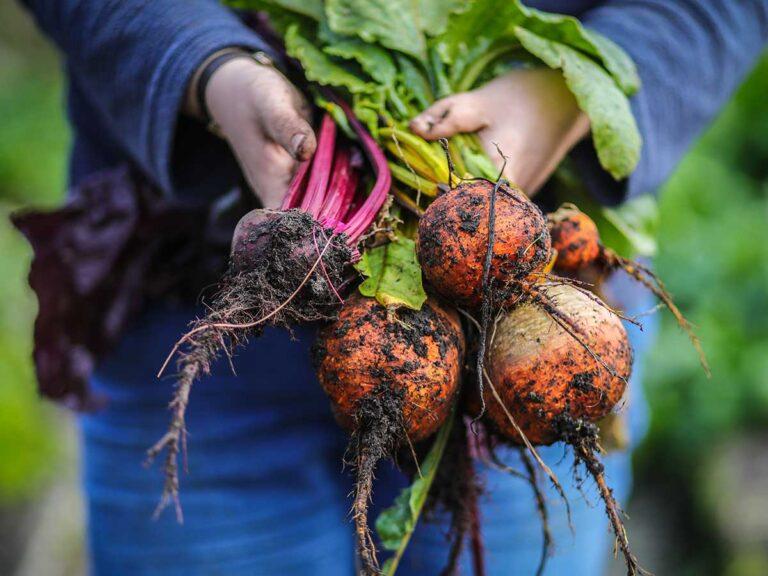
Reducing emissions from suckler beef herd
Cattle farming in Scotland accounts for 26% of total agricultural output – what strategies could be adopted to balance the nation’s red meat production and deliver Scotland’s net zero targets?
With governments and companies across the world announcing increasingly ambitious plans to reduce their carbon footprints in the last few months, net zero farming has become the new buzzword in business.
But what does ‘net zero’ actually mean, and what might net zero farming look like?
Net-zero is where greenhouse emissions of one activity within a system or industry are balanced by offsetting from another activity, resulting in an overall balance of zero emissions. The ‘net’ in ‘net zero’ refers to the balance of sources and sinks of carbon. This is very different from a ‘zero carbon’ system, where emissions from an activity or system are eliminated completely.
Net zero farming involves reducing emissions as much as possible and continually reducing them as new technologies come in, then offsetting the remaining emissions. SRUC researchers have estimated that, in Scottish farming systems, efficiency gains may be sufficient to reduce agricultural emissions by around a third, meaning that the remaining two thirds would have to be offset to reach overall net zero in farming.
'Net-zero’ is where greenhouse emissions of one activity within a system or industry are balanced by offsetting from another activity, resulting in an overall balance of zero emissions.
These efficiency gains might include improving livestock productivity, use of feed additives (such as 3NOP) to reduce enteric methane from ruminants, the incorporation of legumes into the rotation (increasing protein self-sufficiency and reducing imported N requirements), and reducing the emissions impact of fertilisers (such as using nitrification inhibitors).
Many of these measures make practical or financial sense for the farmer and may provide cost savings or increased profitability of farm enterprises. We call these the low-hanging-fruit measures on the way to net zero farming.
Other emissions mitigation options, on the other hand, will involve increased cost to the producer, either for capital investment (e.g., precision slurry / manure / fertiliser applications), or in operating costs (e.g., lower emissions feeds). Until someone offers to pay for these costs, either directly through climate schemes, or indirectly with the cost of carbon mitigation absorbed into product price paid to the farmer, it is likely uptake of net-cost measures will be proportionally small.
However, we are already beginning to see such funding, with schemes such as the Sustainable Agriculture Capital Grants Scheme, piloted last year, and financial institutions beginning to incorporate low-carbon credentials into lending criteria for farm businesses, to incentivise net zero farming activities.
Offsetting emissions in agricultural systems can happen through carbon sequestration, including afforestation (planting trees), or soil carbon sequestration through land management practices (such as grassland management, like paddock graze).
According to the IPCC (Intergovernmental Panel on Climate Change) the process must capture the carbon for more than 100 years to be considered permanent sequestration. Technologies such as biochar may offer greater opportunity for emissions offsetting in the future.
Carbon credits can also be purchased to offset agricultural emissions, although businesses are now beginning to look at agriculture as a possible source of carbon credits itself, as understanding around soil carbon management and woodland planting opportunities develops.
Offsetting emissions in agricultural systems can happen through carbon sequestration, including afforestation (planting trees), or soil carbon sequestration through land management practices (such as grassland management, like paddock graze).
Achieving net zero farming will require financial and technological innovations that are still being developed, and widespread adaptation of agriculture, but this is also likely to bring new business opportunities for farmers in carbon markets.

Head of Commercial Development at Agrecalc, Julian is in charge of supporting clients in project delivery, whilst at the same time working with the Senior Leadership Team on setting the overall strategic direction for the company. Julian has decades-long experience in managing and delivering agricultural market, business and sustainability advice to farmers, governments and supply chains.

Cattle farming in Scotland accounts for 26% of total agricultural output – what strategies could be adopted to balance the nation’s red meat production and deliver Scotland’s net zero targets?

Carbon emissions have become a hot topic across all industries over the last few years, and agriculture, contributing to 23.9% of Scotland’s greenhouse gas emissions, is no exception to the discussion.